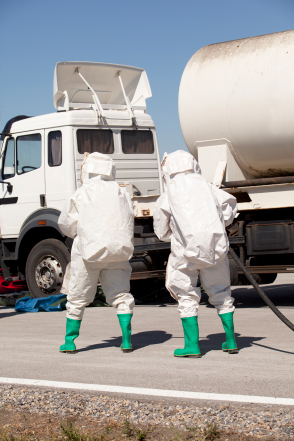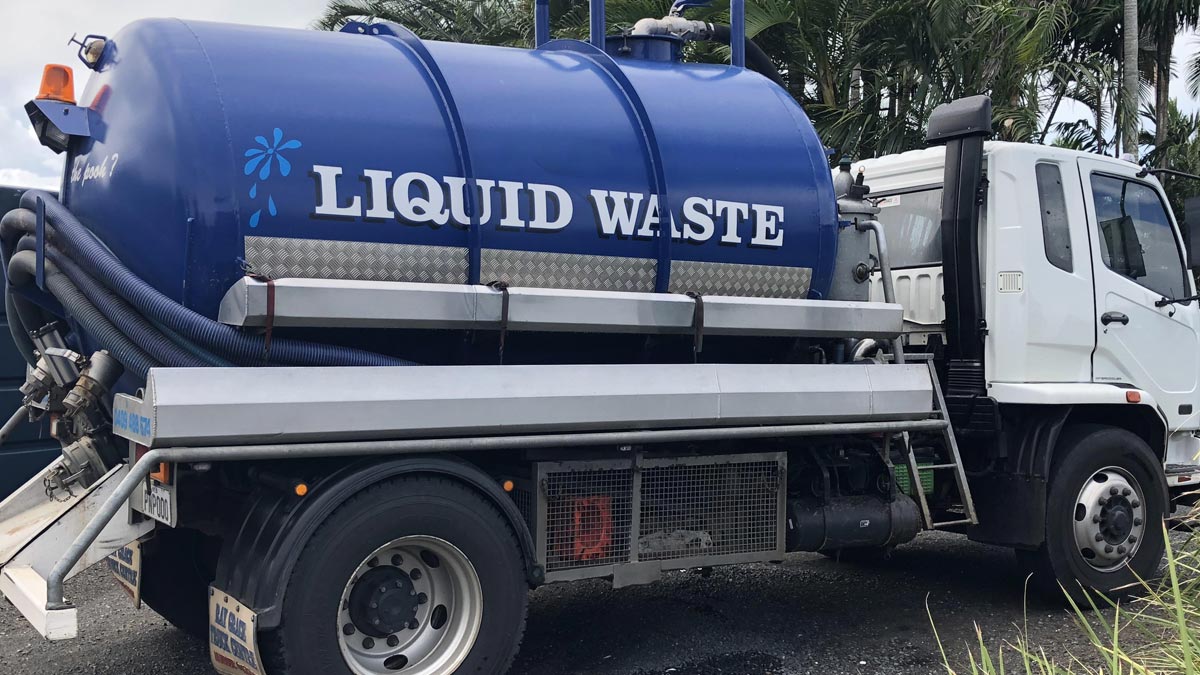Specialist Liquid Waste Removal Melbourne: Fast and Budget Friendly Solutions
Specialist Liquid Waste Removal Melbourne: Fast and Budget Friendly Solutions
Blog Article
Exactly How Fluid Garbage Disposal Works: A Comprehensive Overview of Techniques and Technologies Employed

Overview of Liquid Waste Types
The intricacy of liquid waste kinds requires an extensive understanding of their features and effects for disposal. Liquid waste can extensively be categorized right into several kinds, consisting of commercial, community, agricultural, and contaminated materials. Each category shows unique homes, requiring certain management strategies to alleviate ecological and wellness threats.
Industrial fluid waste stems from making procedures and usually has a series of pollutants, such as hefty steels, solvents, and natural substances. Metropolitan liquid waste, mostly making up wastewater from homes and commercial facilities, has organic issue, nutrients, and virus (industrial wastewater treatment). Agricultural liquid waste, consisting of runoff from farms, might have plant foods, pesticides, and pet waste, presenting risks to water top quality and environments
Dangerous liquid waste is characterized by its poisoning, sensitivity, or possible to trigger damage. This group includes substances like acids, bases, and specific chemicals that necessitate rigorous handling and disposal protocols. Understanding these varied fluid waste kinds is crucial for developing effective disposal methods and making sure conformity with ecological laws. Correct category and characterization are vital for implementing appropriate therapy techniques and minimizing the unfavorable effects on public health and the atmosphere.
Physical Therapy Methods

Testing is the first action, where bigger fragments and debris are removed from the fluid waste making use of screens or grates. In sedimentation containers, larger bits clear up at the base, developing a sludge layer, while the cleared up liquid can be more dealt with.
Filtering is an additional crucial technique that includes passing the fluid with permeable materials, such as sand or membrane layers, to catch smaller sized fragments. This step enhances the quality of the fluid, making it appropriate for succeeding therapy procedures.

Chemical Treatment Strategies
Chemical therapy techniques are important for efficiently taking care of fluid waste, especially in addressing dissolved and colloidal impurities that physical approaches might not properly eliminate. These methods utilize various chemical representatives to reduce the effects of, precipitate, or transform harmful materials right into less harmful kinds.
One common method is coagulation and flocculation, where chemicals such as alum or ferric chloride are included in promote the gathering of put on hold particles. This procedure improves sedimentation, permitting less complicated removal of the resulting sludge. Furthermore, oxidation procedures, utilizing agents like chlorine or ozone, are utilized to damage down complicated organic substances and virus, making the waste much safer for discharge or additional therapy.
Neutralization is another critical strategy, which adjusts click for more the pH of acidic or alkaline waste streams to neutral degrees, avoiding prospective damage to find downstream systems and the setting. Moreover, advanced oxidation processes (AOPs) use combinations of oxidants and ultraviolet light to degrade relentless contaminants, achieving a higher degree of therapy efficiency.
Organic Treatment Procedures
Organic therapy processes play an essential function in the management of liquid waste by using microbes to decompose organic issue and decrease contaminant levels. These procedures can be generally classified into cardiovascular and anaerobic treatments, each using specific microbial neighborhoods to achieve reliable waste destruction.
Cardio therapy involves making use of oxygen to help with the malfunction of natural materials by germs. This procedure is commonly carried out in turned on sludge systems, where oygenation containers give a conducive environment for microbial growth, resulting in the oxidation of organic contaminants. The resultant biomass can be divided from dealt with effluent through sedimentation.
On the other hand, anaerobic treatment occurs in the absence of oxygen, counting on different germs to break down raw material. This method is specifically useful for high-strength waste, as it creates biogas, a renewable resource resource, while reducing sludge production. Technologies such as anaerobic digesters are often used in community and commercial applications.
Both anaerobic and aerobic biological treatments not only lessen the ecological influence of liquid waste yet also facilitate resource recovery, making them vital components of sustainable waste monitoring methods. Their performance, performance, and versatility sustain their extensive application across different industries.
Arising Technologies in Disposal
Cutting-edge techniques to liquid waste disposal are rapidly advancing, driven by improvements in innovation and a boosting emphasis on sustainability. Among these emerging innovations, membrane bioreactors (MBRs) have acquired traction for their capacity to combine biological treatment with membrane purification, resulting in high-grade effluent that can be recycled in numerous applications. MBRs enable smaller footprints and extra reliable operations compared to typical systems.
One more encouraging growth is using anaerobic digestion integrated with nutrient recovery modern technologies, which not only treats liquid waste however likewise creates biogas and recuperates beneficial nutrients like nitrogen and phosphorus. This twin advantage improves resource efficiency and reduces ecological influence.
Furthermore, progressed oxidation procedures (AOPs) are being taken on for the destruction of complicated natural contaminants. These methods utilize effective oxidants and drivers to break down contaminants at browse around here the molecular degree, providing a highly reliable service for difficult waste streams.
Furthermore, the assimilation of expert system and artificial intelligence in waste management systems is enhancing operational efficiency and anticipating upkeep, causing minimized expenses and enhanced environmental compliance. These technologies reflect a substantial shift in the direction of even more lasting and reliable liquid garbage disposal practices.
Final Thought
In conclusion, efficient liquid waste disposal demands an extensive understanding of different methods and technologies. By continuously progressing these methods, it becomes possible to address the expanding difficulties associated with liquid waste, ultimately contributing to environmental protection and resource healing.
Fluid waste disposal is a critical aspect of ecological administration, needing a thorough understanding of different strategies and technologies tailored to different waste types. Liquid waste can extensively be categorized right into several kinds, including industrial, community, agricultural, and harmful waste. Agricultural liquid waste, including runoff from farms, may consist of fertilizers, chemicals, and animal waste, posing risks to water top quality and ecological communities.
Various physical therapy methods play a critical duty in handling fluid waste effectively - industrial wastewater treatment.In final thought, reliable liquid waste disposal requires a thorough understanding of numerous methods and technologies
Report this page